This Week in the Center for Regulatory Freedom: MRAWA--Make Regulation Actually Work Again!
- Andrew Langer
- 1 hour ago
- 3 min read

This past week, the Center for Regulatory Freedom submitted comments to five federal agencies: the Environmental Protection Agency (EPA), the Treasury Department (USDT), the United States Trade Representative Office (USTR), the Department of Transportation (DOT), and the Department of Education (ED). The subject matter ranges from chemical-risk procedure to digital-settlement infrastructure to intellectual-property treatment in North American trade, to civil-rights eligibility structures, to disability-based higher-education financial aid verification.
Although these are unrelated regulatory domains, the filings share a common analytical theme — whether the current procedural designs support the statutory purposes each program was created to serve.
1) TSCA (EPA)
The TSCA procedural rulemaking submission focused on the structural question of whether EPA is designing risk evaluations that can actually be completed within statutory timelines.
CRF argued that the previous (2024) procedure effectively removed prioritization and required EPA to treat all theoretically possible exposures as equally relevant, which changed TSCA from a risk-evaluation statute into a hazard cataloging exercise. Under that structure, the program becomes mathematically incapable of producing timely determinations because there is no ability to distinguish between meaningful exposure routes and negligible ones.
CRF’s core recommendation was that EPA’s proposed 2025 procedural revisions (which do restore discretion) should explicitly codify prioritization, proportionality, de minimis recognition, and credit for actual engineering controls in regulatory text — not only in explanatory preambles — so that TSCA cannot drift back toward “evaluate everything everywhere” default assumptions via interpretive pressure alone.
2) GENIUS Act Implementation (USDT)
The GENIUS Act comments addressed a fundamental definitional issue: whether fully reserved stablecoins should be treated as settlement instruments or as banking liabilities.
CRF argued that properly structured stablecoins are fully reserved, non-lending payment objects — in other words, they are not engaging in maturity transformation. Therefore, the regulatory framework should:
• Define reserve quality clearly.
• Make redemption integrity enforceable.
• Ensure attestations are credible but not over-engineered.
• Prevent intermediaries from using their positions to block lawful commerce (i.e. avoid turning settlement rails into private gatekeeping tools).
CRF also noted that programmable settlement systems are already being developed globally — and implementation choices here will determine whether the next generation of dollar-settlement infrastructure is U.S.-supervised or offshore.
3) USMCA Joint Review (USTR)
CRF’s USMCA filing addressed the role of IP protection in innovation-led competitiveness.
The core argument was that intellectual property is not a symbolic feature of the North American economic model — it is the mechanism that makes long-horizon, high-fixed-cost innovation economically possible (particularly in biologics). If exclusivity protections become unpredictable, capital simply reallocates — often to foreign jurisdictions.
CRF recommended that the Joint Review re-anchor USMCA to the original pro-innovation design:
• Preserve predictable biologics data-protection windows.
• Prevent procedural mechanics from functioning as an informal exclusivity extension or erosion.
• Focus on regulatory coherence (avoiding unnecessary divergence) rather than regulatory convergence (constructing new transnational administrative bodies).
The point was not that USTR should “tilt” policy one way or another — but that predictable innovation incentives and disciplined regulatory coordination remain structural variables in North America’s competitiveness relative to China.
4) DBE / ACDBE (DOT)
CRF’s comments on USDOT’s interim final rule recognized that the Department adopted several of the substantive suggestions CRF had made previously.
The critical substantive shift is the movement away from broad demographic presumptions and toward objective, economic-based eligibility determinations for disadvantaged-business qualification. The IFR:
• Eliminates mandatory race-conscious presumptions.
• Requires individualized economic metrics to establish disadvantage.
CRF described this as a move that increases program integrity, reduces vulnerability to legal challenge, and aligns DBE implementation more closely with non-discrimination requirements. The thrust of the comments was institutional — not ideological: objective criteria produce more defensible and administrable programs.
5) Higher-Education Intellectual Disability Financial Aid (ED)
CRF opposed ED’s reinstatement of an information collection request governing disability-based financial aid — not because CRF objects to aid for students with intellectual disabilities — but because the regulatory framework uses statutory cross-references that were written for K-12 eligibility and do not supply adult-appropriate diagnostic criteria.
The absence of post-secondary-specific standards creates two real-world consequences:
• Institutions lack a defensible evidentiary basis for consistent eligibility determinations.
• The program is vulnerable to fraud and opportunistic self-designation.
CRF recommended that Education formally update the rule — not simply re-adopt the prior paperwork request — in order to establish adult-appropriate definitional and documentation thresholds so that the program can achieve its intended purpose.
Overall pattern
Across the five filings, the common structural argument is that regulatory systems tend to break down when they:
• Use categorical presumptions instead of objective criteria.
• Attempt to be “comprehensive” instead of prioritizing.
• Shift interpretive weight from regulatory text to discretionary narrative.
• Treat administrative completeness as a substitute for outcome feasibility.
CRF’s position, in each docket, was that statutory objectives cannot be met if the implementing procedures undermine the functional conditions the statute assumes.





.png)




_gif.gif)